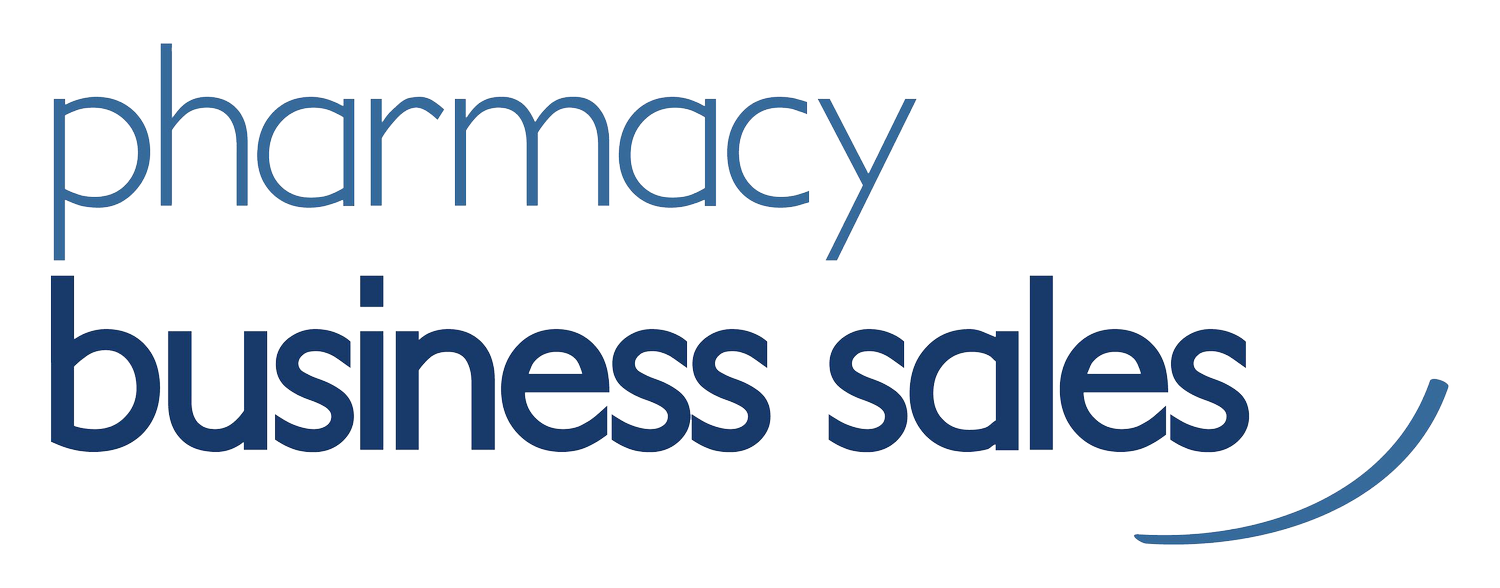Pharmacy Values – what’s involved in valuing a pharmacy?
Let’s start by confirming that each valuer might value your business or the business you are looking to purchase slightly differently from the next valuer. Some valuers may be asked to value pharmacies for and on behalf of a financial institution (bank). This means the bank knows the valuer and he is on the ‘panel of value’s’ for that particular bank. It also means that both the bank and the valuer have agreed to set criteria of items they want covered in the valuation and have expectations on the capitalization rate used or reasonable arguments as to why one might step outside their expected capitalization rates. Other valuations may be used for refinancing, partnerships or for family court matters.
In today’s environment a prudent valuer would do a SWOT Analysis on the business as part of the valuation. This of course covers off the Strengths – Weakness – Opportunities – Threats
Without trying to cover all aspects of the above SWOT, the obvious questions on competition, ACPA rules and their effect on the business, the landlord and the lease, use of premises and now even zoning needs investigation. An inspection of the business and consider supporting trade, doctors location, transport population growth or otherwise, town employment stability, demographics etc is also vital.
The internal investigation of the business would involve many individual aspects of the businesses including the following:
Nursing homes and their contracts
Methadone client list and payment processes
Trading terms for purchasing and debtors
Stock turns and stock holding
Gross profit after adjusting for opening and closing stock movements and then consider historical data for three years
Total Sales results, script numbers, OTC sales and customer number trends again over three years.
A review of the most recent Profit and Loss Statements and Balance Sheets assist in the review of expenses and the items above. All expenses need to be relevant to the business or removed and added back to profit. These adjustments usually include interest, depreciation, personal wages, wage loading, personal super, some travel and some insurance costs amongst other expenses.
If some expenses have not been allowed, then an adjustment off profit is required. An example of this is when the owner takes drawings and not wages leaving the wages too low for the required staff based on workloads and trading hours. Another is when the costs have been paid by another entity for the owners activities outside of pharmacy.
Once the financial adjustments have been finalized the adjusted net profit is produced. This new profit is then used to formulate the valuation based on a capitalization rate. Before the capitalization rate is chosen, the valuer needs to consider all the other aspects of the business of which the main items and methods have been highlighted above.
Once the value of the business has been established it is cross checked against other business sales or valuation and presented to the client.
Over the years there have been a number of expenses that have remained a topic of contention within valuations. The first is depreciation. It is now more commonly accepted that this cost is added back to profit. Some argued that it is not a true expense rather than an allowed deduction by the tax man. The second is the owner’s wage. Some valuer’s might allow for the owners wage over and above the wages required to run the pharmacy. Again in most cases this additional cost of around $30,000 plus and is in most cases no longer taken off the adjusted net profit. It has been argued that it is for the owner’s time in running the business and not working in it. The current view is that the return on the investment after all costs is the benefit that the owner receives and an owner’s wage is no longer allowed for before calculating the profit. This means the pharmacies are valued high as a consequence. Depending on the nature of the pharmacy an owner’s wage can still be considered appropriate.
Don’t forget the valuation on pharmacies is like any other valuation, that is to say it can and usually is less than the agreed purchase price and a valuation unusually has a shelf life of around three months.
The cost of a valuation can also vary between $1,500 for a desk top valuation and maybe as high as $7,000 depending on what is required and who is requiring the valuation. For example a valuation for family court purposes might be more expensive as the valuer will most likely be cross examined in the Courts and the valuation will be compared to another sort by the two parties involved in the Court proceedings.
Related Matters
If you don’t need a valuation don’t get one as they are expensive. An opinion of value is free and most brokers are more than please to provide you with this information.
If you think the road ahead in your pharmacy might require a better financial structure or greater borrowing leverage or maybe an overdraft, you might consider setting it up now. It’s a good idea to set up borrowings when your business is performance is on a high. It allows you to have pre approved loans. It also provides the flexibility to take money out of the business or have you well placed to buy another pharmacy, investment or shop fittings etc.. By setting this up in good times provides the maximum borrow capacity. Then you have the ability to use the funds if required.
